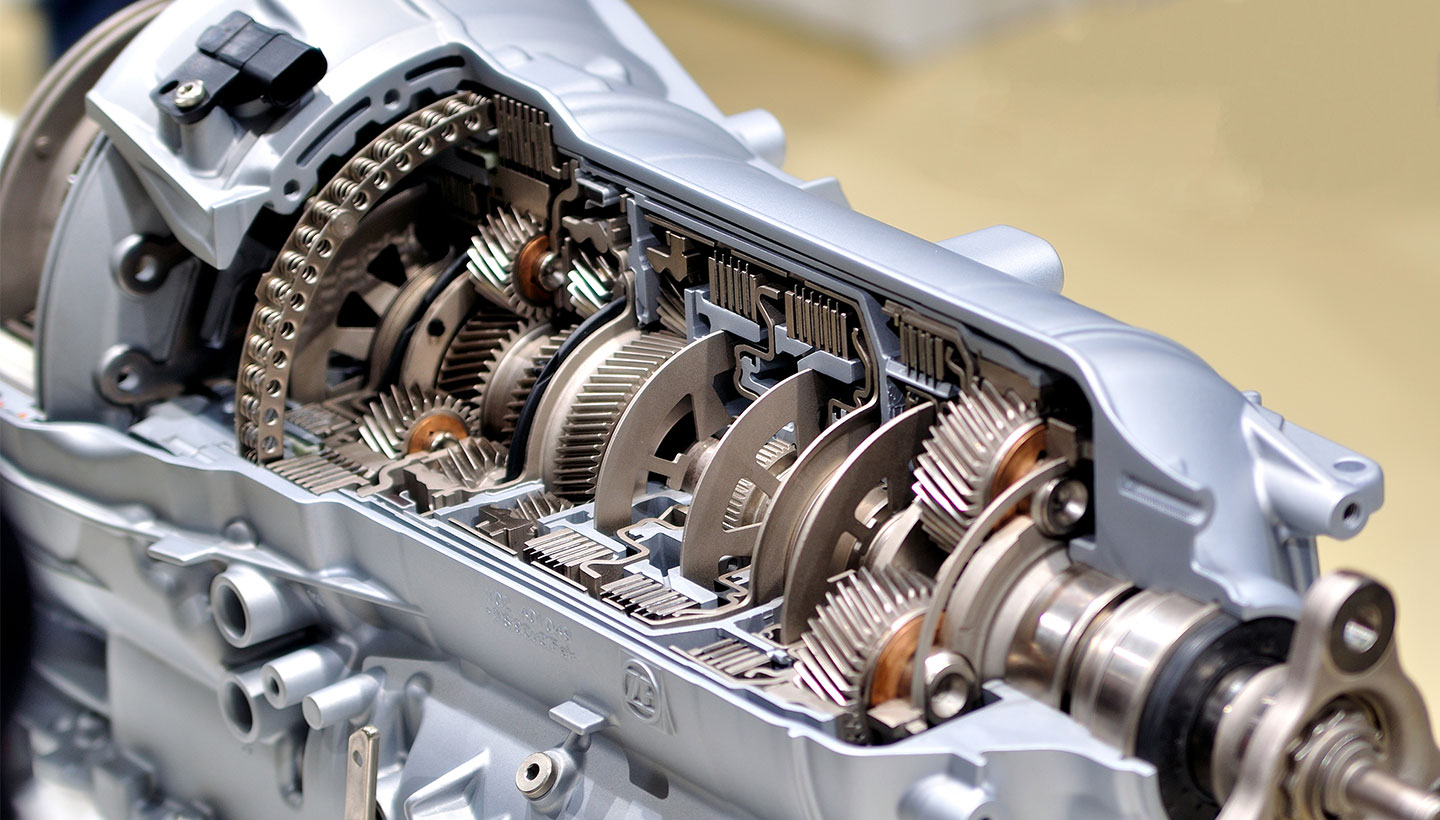Mobile:+86-311-808-126-83
Email:info@ydcastings.com
die casting tool
Die Casting Tools An Essential Component in Metal Manufacturing
Die casting is a manufacturing process that involves forcing molten metal into a mold cavity, allowing for the production of complex shapes with high precision. This method is widely used in various industries, including automotive, aerospace, electronics, and consumer goods. At the heart of the die casting process are the die casting tools, which play a crucial role in determining the quality, efficiency, and cost-effectiveness of the final product.
Understanding Die Casting Tools
Die casting tools are specialized molds made from durable materials, designed to withstand high temperatures and pressures involved in the molten metal pouring process. The key components of die casting tools include the die set, ejector pins, and cooling channels, each contributing to the overall functionality and efficiency of the casting process.
1. Die Set The die set is the core part of the die casting tool, consisting of two halves the cover die and the ejector die. These halves come together to form the cavity into which the molten metal is injected. The precision of this cavity is critical; even minor discrepancies can lead to defects in the final product.
2. Ejector Pins After the metal has cooled and solidified, the product needs to be ejected from the die. Ejector pins are strategically placed in the die design to push the finished casting out without causing damage. Proper placement and design of these pins are crucial for maintaining the integrity of the casting.
3. Cooling Channels Efficient cooling is vital in die casting to ensure that the metal solidifies quickly and uniformly. Cooling channels embedded within the die help regulate temperature throughout the process, minimizing cycle times and preventing issues related to thermal expansion. This is particularly important when using metals with high thermal conductivity, such as aluminum and zinc.
The Importance of Tool Design
die casting tool

The design of die casting tools significantly impacts the overall manufacturing process. An optimal tool design will enhance the efficiency of the production cycle, reduce wear and tear on the tool itself, and minimize the occurrence of defects in the finished product. Engineers utilize advanced software for computer-aided design (CAD) to simulate the casting process and assess various design parameters, such as wall thickness, draft angles, and gating systems.
Moreover, selecting the right material for the tooling is essential. High-quality steel alloys are commonly used due to their resistance to wear and high thermal stability. However, for specific applications, other materials may be employed to optimize performance based on production volume and required precision.
Challenges in Die Casting Tooling
While die casting offers numerous advantages, the tooling process is not without its challenges. One significant issue is the initial cost of die casting tools, which can be high due to the complexity of the design and the material properties required. Additionally, tooling maintenance and redesign can be costly and time-consuming, especially if production requirements change.
Another challenge is the thermal fatigue that tools experience over time. Continuous exposure to extreme temperatures can lead to cracks and wear, necessitating regular inspections and maintenance to ensure longevity. Manufacturers often implement strategies such as surface treatments or coatings to improve the lifespan of their tooling.
Conclusion
In summary, die casting tools are vital in the metal manufacturing sector, enabling the production of high-quality, precise components. The intricacies of tool design, material selection, and maintenance are critical factors that influence the efficiency and effectiveness of the die casting process. As technology continues to advance, the development of more sophisticated die casting tools will likely further enhance manufacturing capabilities and contribute to the industry’s growth. With an eye toward innovation and efficiency, manufacturers can leverage die casting not only to meet current demands but also to pave the way for future advancements in product design and manufacturing.
-
Why Should You Invest in Superior Pump Castings for Your Equipment?NewsJun.09,2025
-
Unlock Performance Potential with Stainless Impellers and Aluminum End CapsNewsJun.09,2025
-
Revolutionize Your Machinery with Superior Cast Iron and Aluminum ComponentsNewsJun.09,2025
-
Revolutionize Fluid Dynamics with Premium Pump ComponentsNewsJun.09,2025
-
Optimizing Industrial Systems with Essential Valve ComponentsNewsJun.09,2025
-
Elevate Grid Efficiency with High-Precision Power CastingsNewsJun.09,2025











